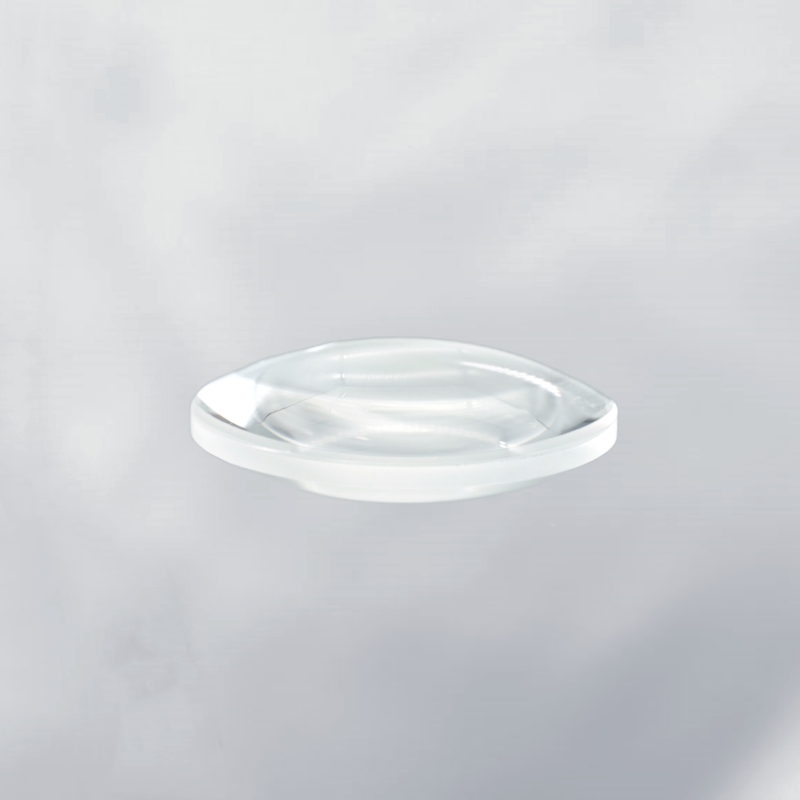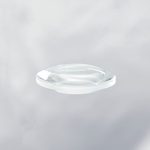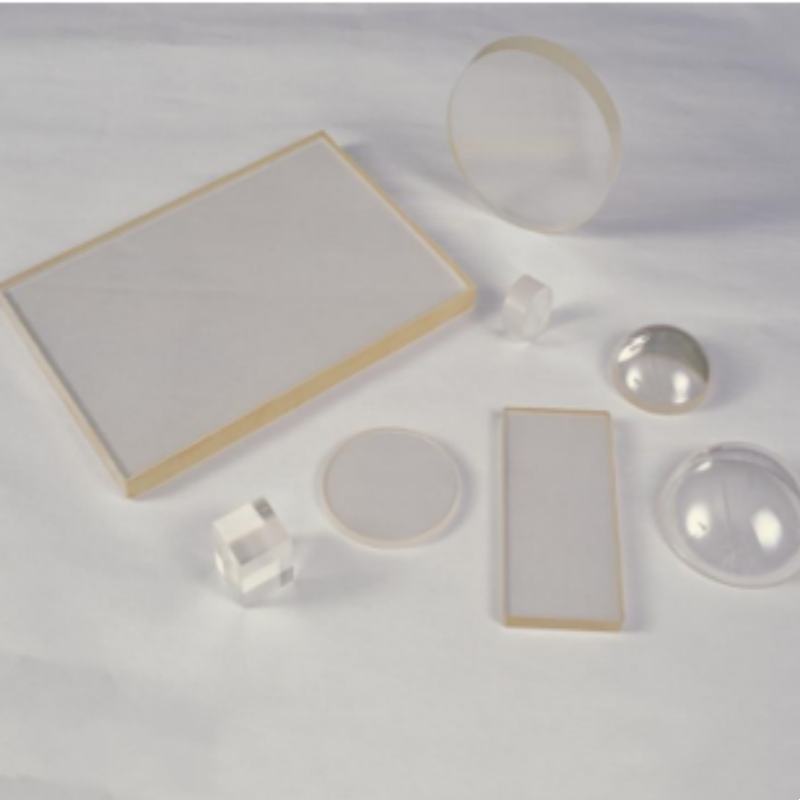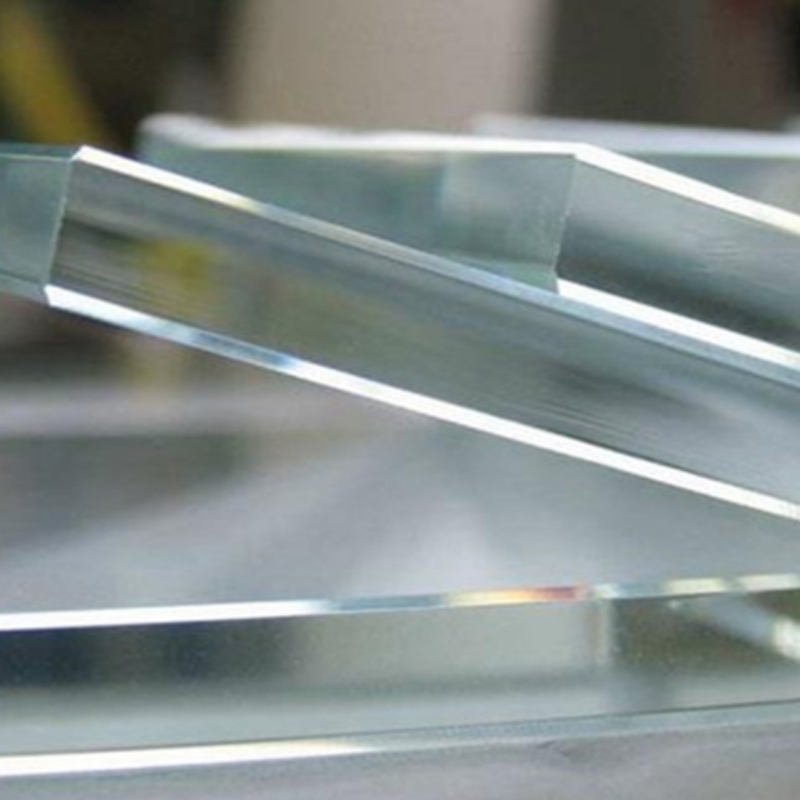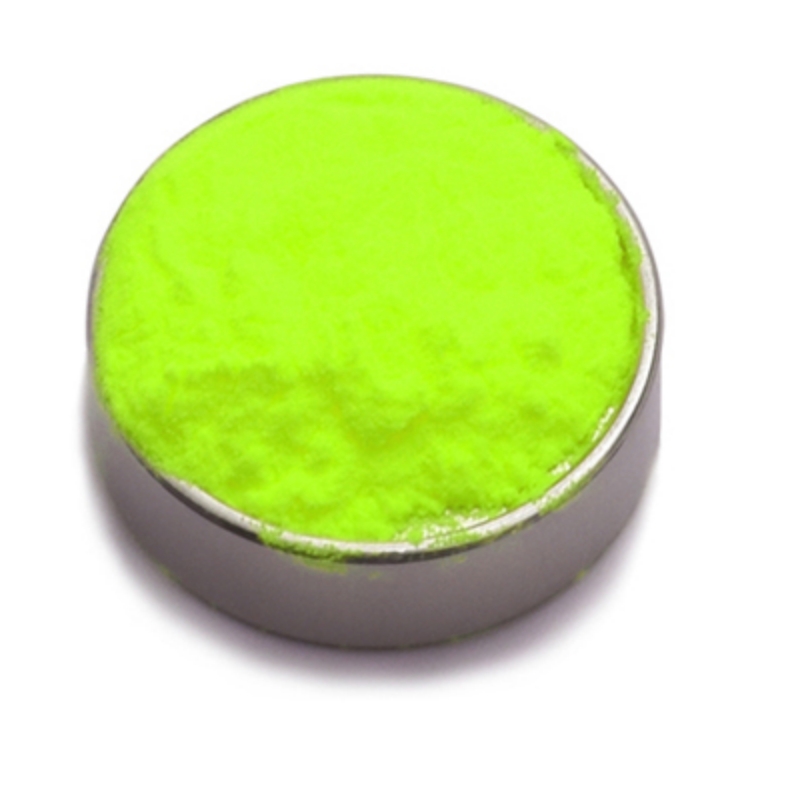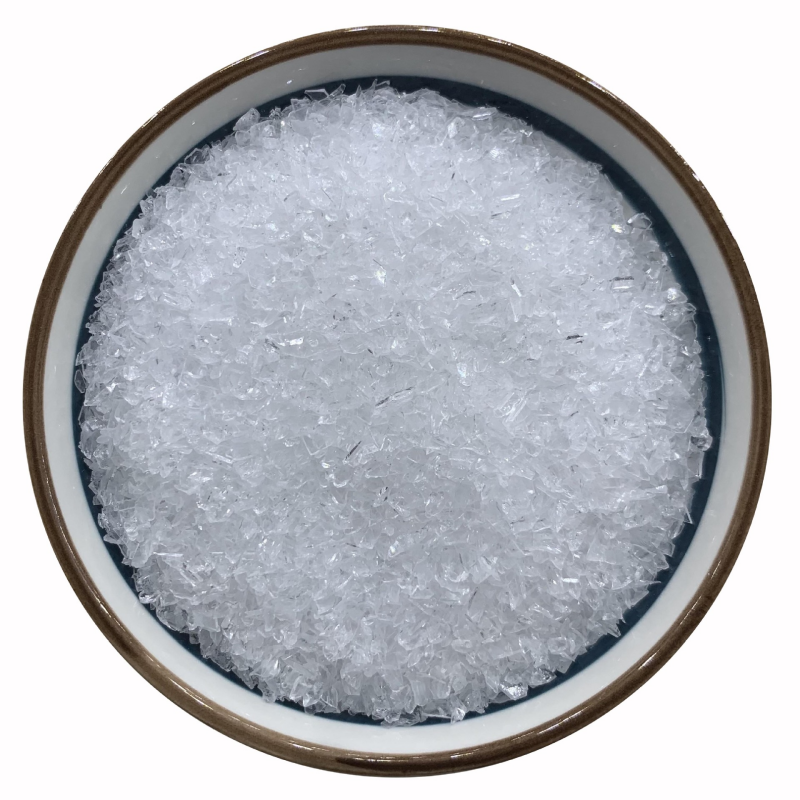K9 glass double-convex lens is a precision optical component designed for efficient light convergence, minimized spherical aberration, and superior optical clarity. Manufactured from high-purity borosilicate K9 glass, it offers outstanding durability, minimal optical distortion, and excellent transmission across visible and near-infrared wavelengths. This versatile lens is widely used in imaging systems, laser optics, industrial applications, and scientific research, ensuring optimal light manipulation and performance for advanced optical systems.
Product Overview
The K9 Glass double-convex lens is an optical element made from K9 optical glass, featuring two convex surfaces. This lens is commonly used in applications such as imaging, beam expansion, beam collimation, and beam focusing. Its design allows parallel light beams to be focused to a single point, making it widely used in laser systems to improve beam focusing accuracy. K9 glass is known for its excellent light transmission, low dispersion, and thermal stability, making this lens ideal for optical systems. The manufacturing process uses precise cutting, grinding, and polishing techniques to ensure high optical performance and dimensional accuracy. Additionally, coating treatments can further enhance transmission and anti-reflective properties.
Key Features
- High Light Transmission: Excellent transmittance, effectively transmitting light and minimizing energy loss.
- Low Dispersion: Low dispersion ensures minimal chromatic aberration during light transmission, providing clear optical results.
- Thermal Stability: Good thermal stability ensures that the lens remains unaffected by temperature fluctuations, making it suitable for harsh environments.
- Precision Manufacturing: Uses precision cutting, grinding, and polishing techniques to ensure high-quality surfaces and accurate dimensions.
- Coating Options: Coating processes can be applied to enhance transmittance and anti-reflective properties, improving system efficiency.
Applications
- Optical Imaging Systems: Used in optical systems for image magnification, reduction, and focusing, enhancing optical transmission performance.
- Laser Systems: Used to collimate laser beams or focus light from point sources, enhancing beam focus.
- Beam Expansion/Collimation: Widely used in optical systems that require beam size adjustment.
- Collimation Applications: Used in laser collimation, ensuring precise beam focus.
- Research & Commercial Applications: Customizable in size and focal length to meet diverse commercial and research needs.
| Optical Property | Value |
| Transmission Range | 0.35-2 μm |
| Refractive Index | 1.5168 @ 587.5618 nm |
| Reflection Loss | 8.1% @ 587.5618 nm (both surfaces) |
| Physical Property | Value |
| Density | 2.51 g/cm³ |
| Melting Point | 559 ℃ |
| Thermal Conductivity | 1.114 W/(m·℃) |
| Thermal Expansion | 7.1×10⁻⁶ ℃⁻¹ |
| Specific Heat Capacity | 0.858×10³ J/(kg·℃) |
| Young's Modulus | 82 GPa |
| Bulk Modulus | 34 GPa |
| Poisson's Coefficient | 0.206 |
| Chemical Property | Value |
| Solubility | None |
| Property | Value |
| Diameter Range | 2-300mm |
| Focal Length | 15-5000mm |
| Thickness | 0.12-60mm |
| Surface Quality | 80-50, 60-40, 40-20, 20-10, 10-5 |
| Surface Flatness | λ/2, λ/4, λ/8, λ/10 |
| Clear Aperture | >90% |
| Coating | Customizable |
 new material
new material

